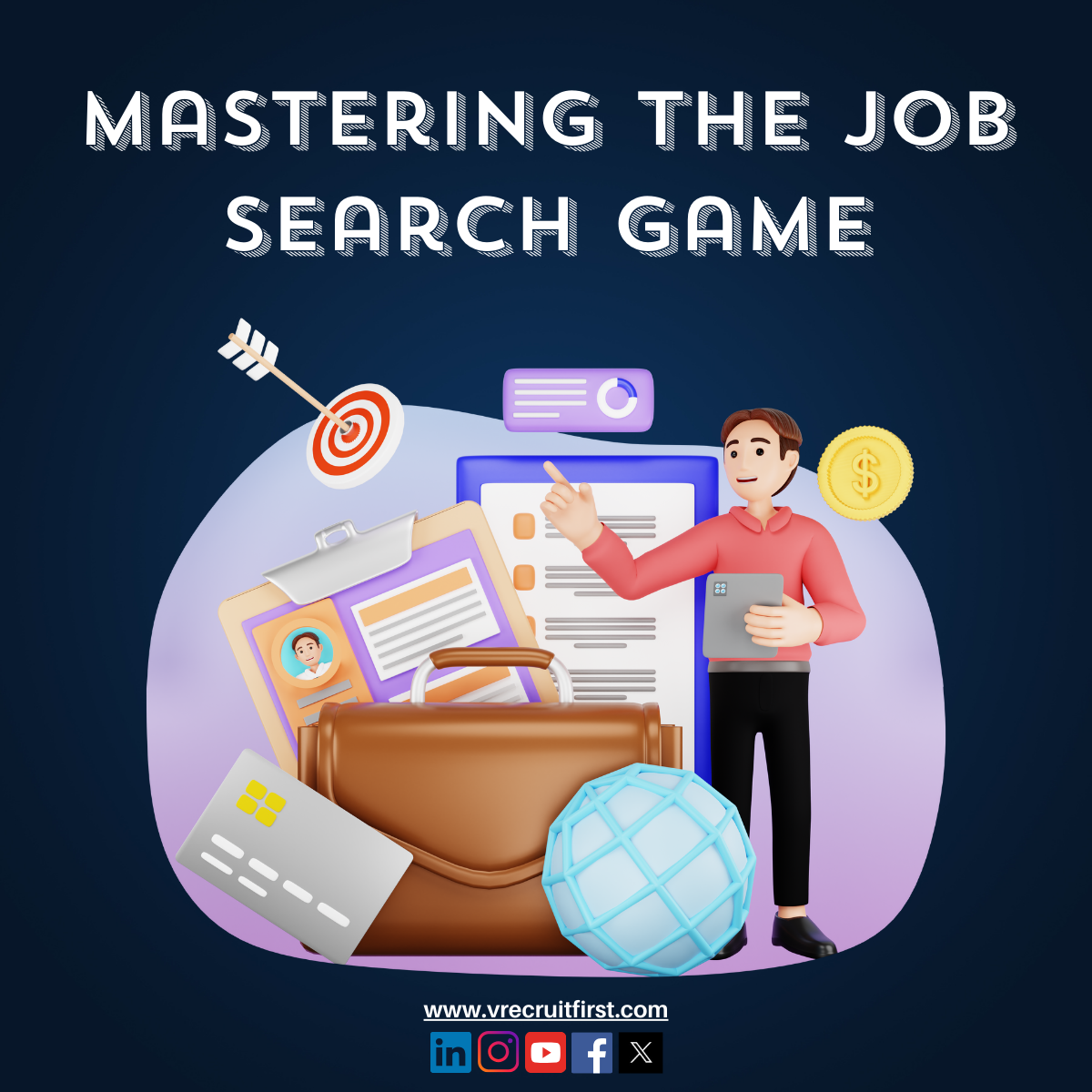Diwali, the Festival of Lights, is celebrated with great fervour and joy across India and the world. But beyond the sparkling diyas (lamps) and sweet treats, Diwali marks a time of renewal, positivity, and new beginnings. It’s a season of cleaning, decorating, and preparing—whether for the arrival of guests or the promise of new opportunities. It’s also the perfect moment to reflect on how the journey of hiring the right candidate mirrors the excitement and energy of this vibrant festival.
1. Dhanteras: Preparing for the Right Investment
Just like how Dhanteras is considered the day to invest in new things—whether gold, utensils, or a fresh wardrobe—the recruitment process is about making an investment in talent. During Dhanteras, we carefully select the right elements to bring good luck and prosperity. Similarly, hiring managers carefully choose candidates who will bring new value to the organization, contributing to its success and growth. Think of hiring as your company’s “investment moment,” where every decision made is an important step toward the bigger, brighter future.
2. Kali Chaudas: Protecting Against Hiring Mistakes
Kali Chaudas, often seen as a day to ward off negativity and obstacles, parallels the efforts of recruiters to avoid hiring mishaps. In recruitment, we go through rigorous screening processes, reference checks, and multiple rounds of interviews to ensure we are choosing candidates who are not only skilled but also culturally aligned with the company. It’s like Kali Chaudas for your hiring process—clearing the path of any negative influences and ensuring the right people are brought into the fold.
3. Diwali: The Search for the Perfect Candidate
When Diwali arrives, it’s a time of lighting up the night with diyas, symbolizing the triumph of good over evil. Similarly, the search for the right candidate illuminates a company’s future with fresh perspectives, new energy, and exciting potential. Hiring is like lighting those diyas—each one representing a new team member who brings light, clarity, and innovation to the workplace. Much like the festival itself, the right hire is a cause for celebration.
4. New Year: New Beginnings, New Teams
For many, Diwali marks the start of a new year. A time for fresh starts, new resolutions, and the promise of growth. The same applies to the recruitment cycle. With a new year comes new projects, challenges, and goals—and this is where your new hires come in. As companies plan for the future, the recruitment process becomes a means of bringing in fresh talent to help realize those visions. It’s a moment to build teams that are not just skilled, but eager to grow, innovate, and contribute to the company’s future.
5. Bhai Dooj: Building Stronger Relationships
Finally, Bhai Dooj is a festival that celebrates the bond between siblings, a day when relationships are strengthened. Recruitment is not just about filling a vacancy; it’s about building long-term relationships—between the organization and its new hires. Like siblings supporting each other, the company and its employees thrive when they work together toward shared goals. The hiring process is just the beginning of this relationship, and the key to success lies in the nurturing of these connections, through onboarding, growth opportunities, and a culture of mutual respect.
Conclusion
As Diwali’s festivities remind us of the importance of renewal, protection, growth, and relationships, so too should the recruitment process. Like the festival itself, recruiting for the right talent is a celebration—one that brings together the best of what’s new and bright for a prosperous future. So this Diwali, as you light your diyas, remember: finding the perfect candidate might just be the next step toward lighting up your team’s success.
Happy New Vikram Samvant 2081 and Happy Recruiting!








